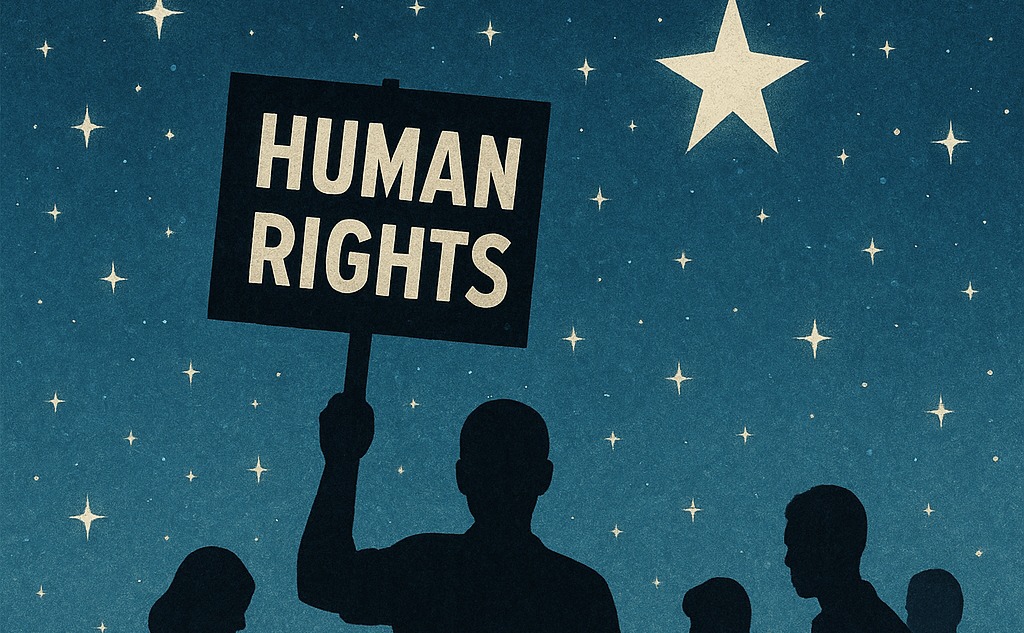
Since 2022, I have been pursuing a public interest litigation before the Lahore High Court to address the deplorable conditions at Tollinton Market, located in Shadman. What initially began as a campaign against environmental hazards marked by a petrifying stench, decaying waste, and disease-causing pathogens soon revealed a deeper crisis: rampant and systematic animal abuse.
Tollinton Market is not just a place where trade happens; it has, tragically, become synonymous with cruelty against voiceless beings. Over the years, animals have been confined to cramped, unhygienic cages, often without adequate food, water, or shelter from the scorching heat. The cries of these animals’ echo through the walls of a place meant for commerce, not cruelty.
Thanks to the High Court’s intervention, the market has undergone some improvement. A budget was passed under court direction for its renovation and sanitation. The Wildlife Department has removed certain wild animals from illegal captivity. These steps, though significant, are unfortunately not enough.
Despite the court’s orders, I continue to receive disturbing complaints about ongoing abuse. Dogs, cats, chicks, rabbits, and other small animals are still being sold and stored in horrifying conditions. In many cases, multiple species are confined together in tiny, suffocating cages. The heat is unbearable, and the suffering is relentless. It became clear to me that while the legal process is crucial, urgent humanitarian action could not wait.
Last week, I decided to take matters into my own hands. Instead of filing another court petition, which would require time and procedural delays, I personally visited Tollinton Market. Through some valuable references, I was able to secure medical assistance from the Livestock Department. Together, we provided basic medical care to some of the animals in distress.
Yet this is far from a solution. My resources are limited. I do not have the means to relocate the animals that are still languishing in poor health. I plan to return in the coming week, but these visits though well-intentioned are mere bandages over a gaping wound.
The reality is heartbreaking. These animals sit silently, suffering every moment in cages that are far too small, in an environment far too hostile. And behind each cage stands a seller for whom profit outweighs compassion.
What Needs to Be Done
To address this issue sustainably and humanely, a multi-pronged approach must be adopted:
Establishment of a Permanent Veterinary Unit: The government must establish a permanent veterinary health unit inside the market to regularly monitor animal health and respond to emergencies.
Enforcement of Animal Welfare Laws: Existing animal protection laws must be strictly enforced. Shopkeepers violating minimum welfare standards should face fines, license suspension, or prosecution.
Mandatory Cage and Space Regulations: Specific guidelines should be issued for cage sizes, species separation, and shelter requirements to prevent overcrowding and distress.
Surveillance and Monitoring: CCTV cameras and surprise inspections must be conducted regularly to ensure compliance with hygiene and welfare standards.
Rehabilitation and Relocation Plan: A public-private partnership model should be launched to rescue, rehabilitate, and rehome sick or abandoned animals. NGOs and volunteer groups can play a key role here.
Public Awareness Campaigns: Educating shopkeepers and the public about humane animal treatment is essential. Incentives can also be introduced for vendors who maintain ethical standards.
We cannot let this cruelty continue under the shadow of commerce. The time has come for collective, coordinated action. This is not just a legal issue it is a moral one. And it is time we treated it as such.

In civilized societies, the moral compass of citizens often aligns closely with the law. People follow rules not because they fear punishment, but because they genuinely believe in the ethical value behind those rules. In such systems, natural law and moral obligation are often sufficient to ensure social harmony. But in many developing countries, including Pakistan, morality alone fails to guide public behavior. What fills the gap? The answer lies in John Austin’s theory of law, where laws are not truly laws unless backed by sanctions.
Read More
In a groundbreaking courtroom moment in Arizona, the family of Christopher Pelkey, a U.S. Army veteran killed in a 2021 road rage incident, utilized artificial intelligence to create a video of him delivering a victim impact statement during the sentencing of his killer, Gabriel Paul Horcasitas. The AI-generated video, developed by Pelkey’s family, featured a lifelike avatar expressing forgiveness towards Horcasitas. This unprecedented use of AI in a U.S. courtroom has sparked significant legal and ethical debates.
Read More
Pakistan’s fashion industry is one of its most visible cultural exports, yet it remains one of the least protected under the law. Despite the explosion of talent and textile innovation, our designers continue to face rampant plagiarism, counterfeit markets, and an alarming lack of legal recourse. It is time we recognize fashion law not as a luxury, but as a necessity. Globally, countries like the United States protect fashion through a patchwork of intellectual property (IP) rights, trademarks, copyrights, and design patents.
Read More